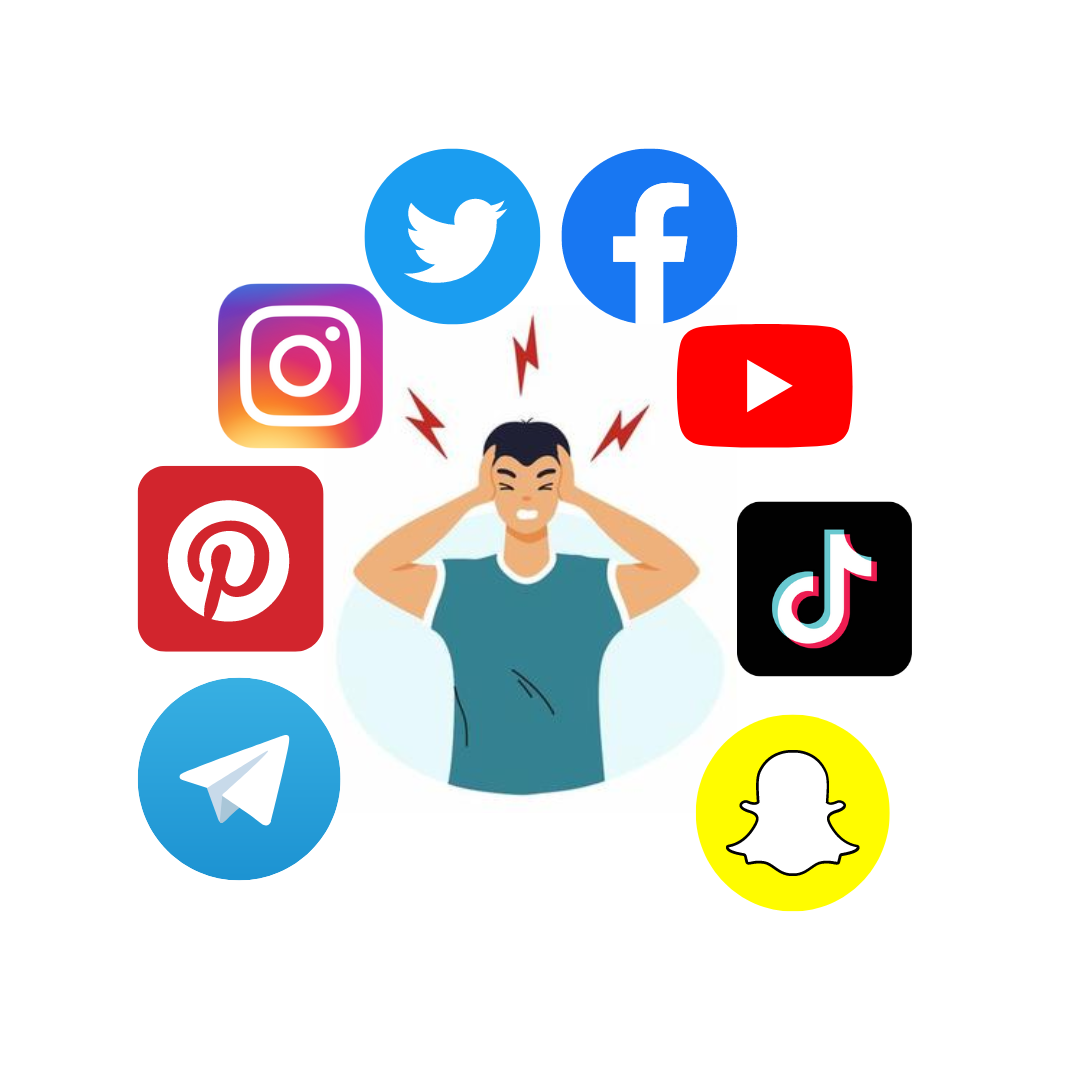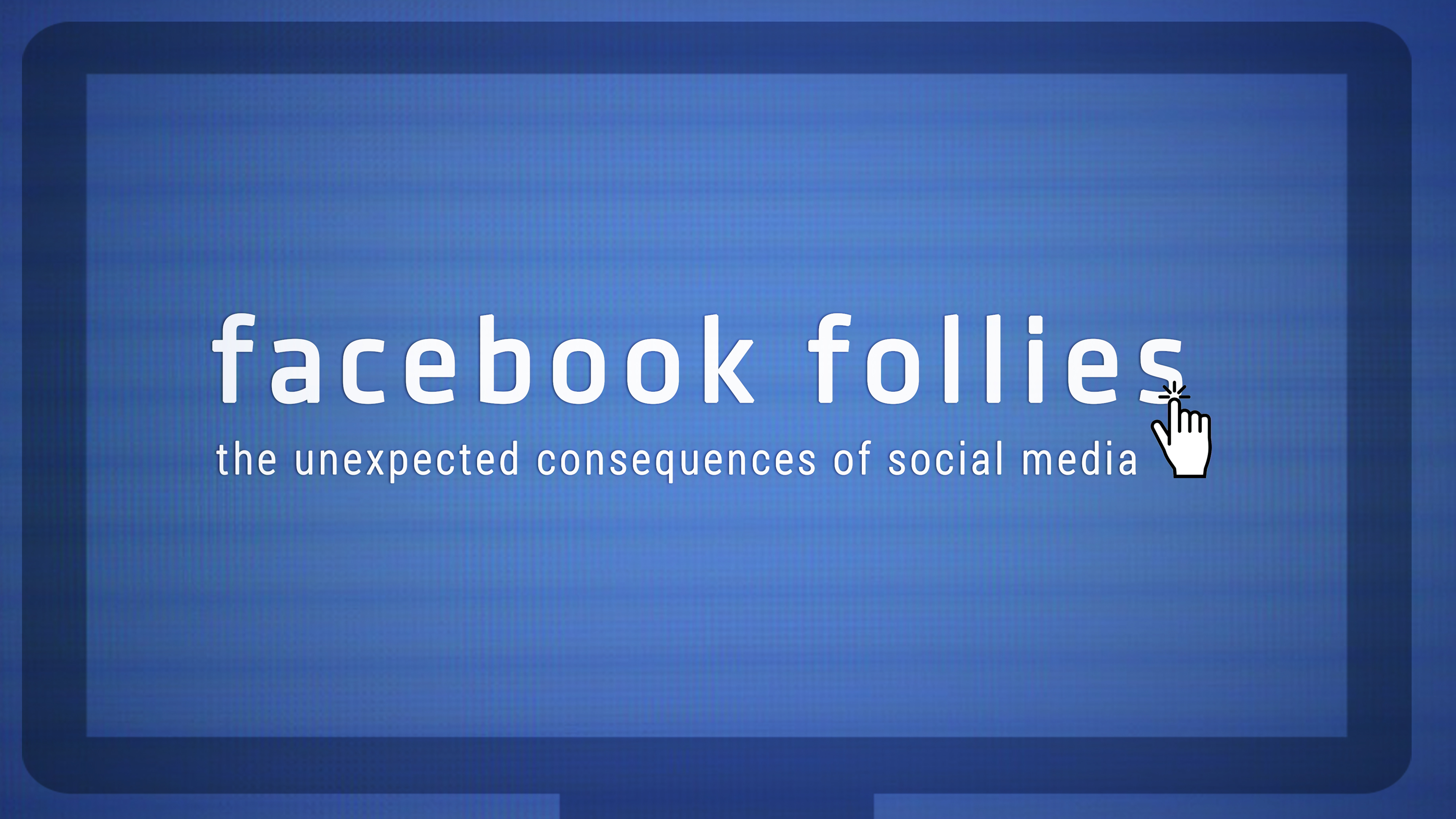Today’s soapboxes are social media platforms, and apparently, most of us want to be seen and heard.
◊
Decades ago, as tabloid talk shows like Geraldo and The Jerry Springer Show ruled daytime television, I wondered, "If everyone's on TV, who's left to watch?" Geraldo Rivera began his show in 1987. Springer’s first episode aired shortly after, in 1991. A year later, MTV’s The Real World came on the scene. TRL’s tag line said everything: ‘This is what happens when people stop being polite and start getting real.’ Both Springer and Real World emerged as precursors to a style of interacting that is rampant on social media. They also served as new models of public platforms.
Modes of communication have progressively transformed the informal boundaries between our public and private lives. Think about it: Gestures, inarticulate sounds, words, sentences, stories, reports, arguments. Hieroglyphs, cuneiform, script. Stone carvings, wall paintings, wax tablets, parchment, the Gutenberg printing press, telegraphs. Megaphone, microphone, telephone, radio, television, Internet.
What counts as a public platform has been developing for millennia. As early as 1738, for example, people started using Boston Common for public speaking – typically religious evangelizing and, later, political speeches. At least until the early 20th century, orators used the soapbox as a platform. The spatial relation – raising the speaking platform above the audience – recurs in venues where the elevated platform is associated with authority, such as pulpits and courtrooms.
What could go possibly go wrong on social media? Watch this thoughtful MagellanTV documentary to find out.
Talk Show and Reality TV Stars: The Original Influencers
We need to express ourselves. Why? Does that expression make whatever we think more real than if we kept it to ourselves? Or is there some primal need to be acknowledged, and perhaps even affirmed? Are our lives made better by how many likes, subscribers, and followers we have? Do we all, in the deep recesses of our truest selves, want to be influencers?
From Aristotle to neurobiologists, the view that humans are social animals isn’t controversial. How to be social, however, is another matter, which brings us back to Geraldo, Jerry Springer, MTV, and the rise of social media.
In the 1970s, PBS aired An American Family, a 12-part documentary about a middle-class family in Santa Barbara. From marital tensions to sexual identity, the show covered topics you just wouldn’t see on typical TV programs of the time. Somehow, the public fascination with saying the quiet part out loud turned into a shouting match. Just take a cursory look – if you dare – at threads on X (formerly Twitter), an episode of one of the Real Housewives franchise, or looping clips of people yelling at each other.
Watching violence, suffering, and other unpleasantness may be a way to purge emotions. In his Poetics, for example, Aristotle argues that the vicarious experience of “pity and fear” evoked by tragedy is a pleasurable sort of purification or cleansing of emotions.
The people on shows like these, along with the people who create them, have various reasons for the displays and fabrications. The people who gobbled up these shows got to cheer and jeer, elevate and denigrate, feel kinship or repulsion – I see me in you (yay!) or you are not me (thank goodness).
Perhaps the only real difference between the productions of decades past and today’s social media boom is that the “content creators” don’t need camera operators, video editors, or directors. They do it all themselves. They want to be seen – and seen in specific ways. Today’s social media influencer descends from yesterday’s infomercial host – or snake oil salesman.
Social Media Makes Me Feel . . . Seen
MySpace launched in 2003. Facebook launched in 2004 exclusively for Harvard University students, and two years later the rest of us got our first taste. Then came YouTube (2005), Twitter (2006), and TikTok (launched in 2018 in the U.S.), which arrived long before Zoom made video meetings commonplace.
Let’s think about the names. I invite people into my space, where I share my thoughts, favorite songs, and photos. My college gives me a directory of fellow students, or ‘Book of Faces,’ so I can start socializing. There are television stations starring … Me! People want to hear what I have to say. Next thing you know, one of my posts goes viral and now I’m an influencer.
Apparently, Zoom dysmorphia is a thing. Fortunately or not, there are features in most video conferencing tools – similar to photo editing options in social media platforms – to give you that “I just got Botox!” look without actually injecting yourself with a diluted neurotoxin.
Why do we want to watch ourselves? With the ubiquity of digital technology and cameras built into our mini computers, selfies are no longer novel – people have made feature-length films with their smartphones. When the world locked down during the COVID pandemic, a lot of us conducted our work via video conference tools like Zoom.
It didn’t take me long to realize that I’d never looked at myself so much in my entire life as I had during that time. I couldn’t look away. Why? Explanations include how our brain works, social expectations of our appearance, and shifting beliefs about personal identity – and there may be a correlation among them.
Me, Myself, and the Brain
Part of the brain and its nerve cells (neurons) “activate” to recognize faces, and it may be the case that as we look at ourselves, we reinforce our self-consciousness. So, my sense of self is essentially a matter of my brain doing the requisite work for me to navigate the world.
Archeological evidence dates precursors of mirrors to the 4th century BCE, when people used polished obsidian as reflective surfaces. Rudimentary glass mirrors date to the 3rd century CE.
Presumably, that work involves creating spatio-temporal matrices that weave together past, present, and locations (and faces!) into a coherent whole. That process also allows me to project myself (as I have been and am now) into the future.
Me, Myself, and You
One prominent view is that the self is a social construct. I’d like to focus on the aspect of moral construction, since it is relevant to the discussion of how (and why) we “be” on social media. Consider Confucianism, the ancient Chinese philosophy first developed by Master Kong (c. 551-479, BCE). The basic view is that the self is an ethical concept. In other words, to be a self is to be a certain way – to be in relation to oneself and others.
These relations are dynamic processes between subjectivity and objectivity. For example, subjective activities include thinking, perceiving, talking, choosing, and acting. Objective activities include being thought of, perceived, spoken to, and acted upon. The self is, importantly, both private and public.
 Narcissus by Caravaggio, c. 1597-1599 (Source: Collection of Rijksmuseum, via Wikimedia Commons)
Narcissus by Caravaggio, c. 1597-1599 (Source: Collection of Rijksmuseum, via Wikimedia Commons)
I am a member of a family, and have familial relations. I am a friend, and have a set of friend-relations. I am a member of a community, and have role-relations in the community, and so forth. These social relations involve engagements that, along with factors like my temperament, form and inform what it is to be me. Cultivating what it is to be me is also moral cultivation – the process of building character.
Me, Myself, and I
Personal identity, a “sense of self,” or what I am, fundamentally, seems to be distinct from bare consciousness. So, for example, there are some non-human animals for which there is evidence of self and some for which there is not. Let’s suppose a fish, for example, does not have self-awareness. This does not mean, however, on most accounts, that the fish lacks some level of consciousness.
In the 1600s, French philosopher René Descartes wrote, “I am, I exist, is necessarily true whenever it is put forward by me or conceived in my mind.”
As I mentioned above in connection with Confucianism, the Western philosophical tradition holds that the self is singular and irreducible. In other words, there is a fundamental me – call it mind or soul – that is somehow one and the same as consciousness. I may be conscious without actively thinking of myself, but I can’t think of myself without being conscious.
Social Media: The Great Equalizer?
Whatever I am, I exist in the social media age – for better and worse. So, while I found my eyes routinely sliding over to my Zoom image like a digital Narcissus, I also stopped appearing on social media. No Twitter posts and shares, no updates on Facebook, and so on. I created a TikTok account but never used it. It was all just…overwhelming. Apart from reconnecting with people I knew decades ago, or sporadically keeping up with folks spread out around the globe, I realized I couldn’t figure out why so many people invested so much time and…themselves on social media. Trolling, praising, attacking, agreeing, judging.
Technically, social media tools are platforms. If you have access to the Internet, you can create a social media account and start posting content. In other words, you have a platform – a digital soapbox. In this sense, social media is a great equalizer. People can finally see representations of themselves in ways that, for decades, traditional film and television did not. Not only that, but people can see themselves. They have a global voice.
According to some statistics, as of July 2024, there were 5.17 billion social media users worldwide. That calculates to just about 64% of the global population at the time.
Moreover, social media is not just for professionals. You don’t have to be an actor to appear on YouTube. You don’t have to be a filmmaker or journalist to create TikTok videos. There are pros and cons that come with this sort of democratization, with the freedom that the digital technologies seem to open up.
 (Credit: Dewangan Iti, via Wikimedia Commons)
(Credit: Dewangan Iti, via Wikimedia Commons)
Yes, the proliferation of content often leads to noisy misinformation, and even disinformation noise that’s difficult to disentangle, but each of us can learn how to conduct instructive research. (Ask your local librarian about information literacy.)
Yes, the nature of these digital platforms typically does not tend to enhance thoughtful debate. Unlike traditional television, however, social media at least allows you to do more than merely shout into the abyss of the television screen. (Feel free to offer a thoughtful rebuttal on your own social media platform.)
Yes, people often behave poorly on social media and use their public voice to express deeply problematic or outright dangerous ideas. Setting aside what governments and social media companies can (and should) do to regulate conduct, we can think about our individual social media platforms as (potentially, anyway) mechanisms of social regulation. (Think about parallels to how you respond to unethical behavior at your workplace or stop to help someone in need.) Social cooperation relies on norms that apply also to the digital realm of our lives.
Digital technology is moving at speeds faster than we can keep up – at least from the important standpoints of understanding what it is to be human, if there is such a thing, and how to be human well. For all we know, this technology is the next phase of human evolution. At least we’ll have platforms from which to shout, “Watch me!”
Ω
Mia Wood is a philosophy professor at Pierce College in Woodland Hills, California, and an adjunct instructor at Salve Regina University and the University of Rhode Island. She is also a MagellanTV staff writer interested in the intersection of philosophy and everything else. Among her relevant publications are essays in Mr. Robot and Philosophy: Beyond Good and Evil Corp (Open Court, 2017), Westworld and Philosophy: Mind Equals Blown (Open Court, 2018), Dave Chappelle and Philosophy: When Keeping it Wrong Gets Real (Open Court, 2021), and Indiana Jones and Philosophy: Why Did It Have to be Socrates? (Wiley-Blackwell, 2023).
Title Image credit: Charlotte May, via Pexels


